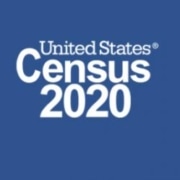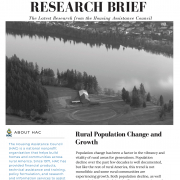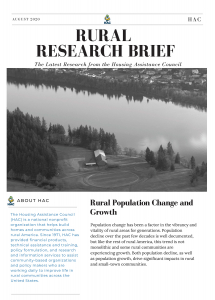The U.S. Census Bureau announced that the population of the United States on April 1, 2020, was 331,449,281. The U.S. population increased by 22,703,743 or 7.4 percent from 2010. The U.S. population growth from 2000 to 2010 was 9.7 percent.
All but four states and territories gained population over the last decade with Utah, Idaho, Nevada, North Dakota, and Texas experiencing more than 15 percent population growth. Puerto Rico, West Virginia, Mississippi, and Illinois lost population between 2010 and 2020.
The initial Census release was highly anticipated for implications on Congressional apportionment. According to the Census Bureau, six states will gain seats in the U.S. house of representatives: Colorado, Florida, Montana, North Carolina, and Oregon will all gain one Congressional representative. Texas will gain two seats. Seven states, including California, Illinois, Michigan, New York, Ohio, Pennsylvania, and West Virginia will each lose a seat in Congress.
The April 26, announcement was the first release 2020 Census data. The Housing Assistance Council will continue to update and analyze data from Census 2020 and its implications for rural America and rural people in the United States. Stay tuned.

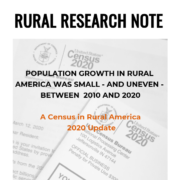 Housing Assistance Council
Housing Assistance Council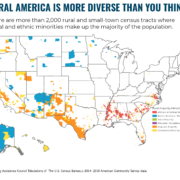 Housing Assistance Council
Housing Assistance Council